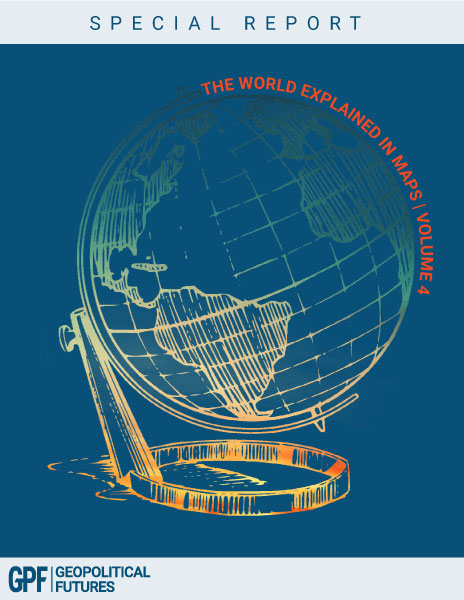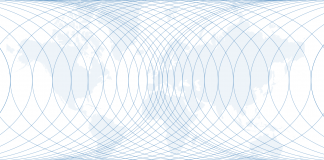Under President Vladimir Putin, Russia invaded Ukraine under the assumption that Ukraine’s defeat would be rapid and complete, bringing Russia to NATO’s eastern border. Russia has failed to achieve its goals, of course, misreading Ukraine’s defense intelligence and underestimating the intentions of the United States and Germany, which Moscow assumed would accommodate some kind of resolution when Russian oil would stop flowing. Instead, the U.S. sent massive amounts of weapons to Kyiv, Germany made do without Russian energy, and Ukraine continued to hold most of its territory.
The underlying problem was that the Russian military was not prepared to wage the war. For this reason, Putin brought in the Wagner Group, the private defense organization in which he appeared to have more confidence than his own commanders. The Wagner Group and Russian senior staff engaged in progressively intense battles over strategy and the allocation of supplies, culminating in an insurrection and, later, an aircraft crash that killed the Wagner commander. Since then, Putin has had to rely on the regular army’s command, resulting in an inability to impose a decisive victory.
There is much speculation as to why it has been unable to do so. My theory is that Putin lacked competent replacements. However, over the past week he has started to clean house in an odd way, relieving and assigning defense ministers and military commanders to special adviser and national security positions, while rotating those with experience in economics into military and defense positions. Some beneath the top brass were arrested on charges of corruption. Putin explained that the war in Ukraine was as much an economic matter as a military one, and the relief of these leaders was due not to their failure but to the need for economic expertise. He sent them off with assurance that they were still in a position to guide the military. It was a strange bit of housekeeping that reminded me of relieving business executives by placing them in important positions, allowing them to save face and, ideally, forestall retribution.
The reasoning behind the reshuffle became clearer at the end of last week, when Putin offered a peace settlement based on the partition of Ukraine along the current battle lines. (The proposal came through sources from Reuters, rather than diplomatic channels, giving Putin the chance to officially deny it.) This was followed by an offensive on Kharkiv. In other words, Putin proposed peace but neglected to mention he would use the time it took the West to evaluate the plan to attack or move the line. Notably, he met with Chinese President Xi Jinping before the proposal, presumably to ask for material or offensive aid – a ploy meant to divide Washington’s attention. China briefly surrounded Taiwan with ships but has since recalled them. Thus ended the “threat” of China opening a second front.
What’s interesting about Putin’s proposal was that, while attractive to his enemies, it does not dramatically solve Russia’s problem of strategic depth. It would end a war that imposes vast costs on Ukraine and allied nations, leaving much of Ukraine intact, but the war would end all the same. Nor would it achieve much personally for Putin, who needs to come away from a two-year fiasco with more to show than attempted insurrections, terrorist attacks in Moscow and the Ukrainian leadership still in place.
At this point, Putin is fighting for his own credibility and, therefore, his legacy. He had to make a gesture to his war-weary country – attractive in itself but as of now only conceptual. The next step must be establishing a stable front on which to work. What seems to be happening is that Putin recognizes his military’s weakness and is trying to limit his responsibility for its insufficiencies through a weird reshuffling of the staff. He is also trying to force the U.S. to accept vague rules because of the public’s exhaustion of the war. There is opposition to the war, but it has not been strong enough to force the U.S.’ hand. And possibly he hopes that the war between Hamas and Israel will divert U.S. supplies. In short, he is now looking for an exit from a war he started but can’t afford to see through.







